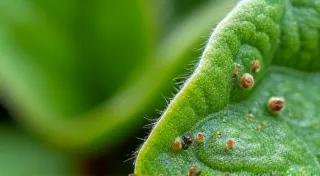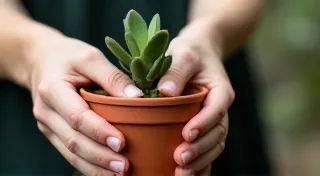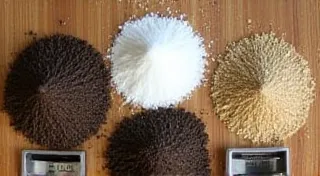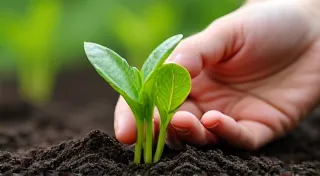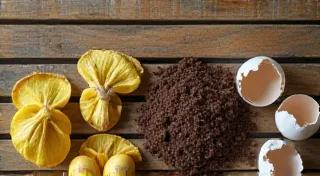Common Houseplant Problems & How to Solve Them
Bringing a little greenery into your home is wonderful! But even the most dedicated plant parent faces challenges. Don’t worry, common houseplant problems are often solvable. This guide will help you diagnose and address some of the most frequent issues, so you can keep your indoor jungle thriving.
1. Yellowing Leaves – What Does it Mean?
Yellowing leaves, also known as chlorosis, can indicate several issues. Let's break them down:
- Overwatering: This is the most common culprit. Roots need oxygen. Soggy soil suffocates them, leading to yellowing, especially lower leaves. Solution: Allow the top inch or two of soil to dry out completely before watering again. Ensure your pot has drainage holes.
- Underwatering: While less common, underwatering can also cause yellowing, often accompanied by crispy edges. Solution: Water more frequently, checking the soil moisture regularly.
- Nutrient Deficiency: Yellowing between leaf veins can signal a lack of nutrients, particularly nitrogen. Often, this is more complex than simply watering more; it requires understanding your plant's nutritional needs. For a deeper dive into this, check out our guide to fertilizing your houseplants to learn more about providing the essential nutrients they need. Solution: Fertilize your plants regularly during the growing season (spring and summer) with a balanced houseplant fertilizer.
- Light Issues: Too little light can cause yellowing as the plant struggles to photosynthesize. Understanding the specific lighting needs of different plants is crucial for thriving greenery. Solution: Move your plant to a location with brighter, indirect sunlight.
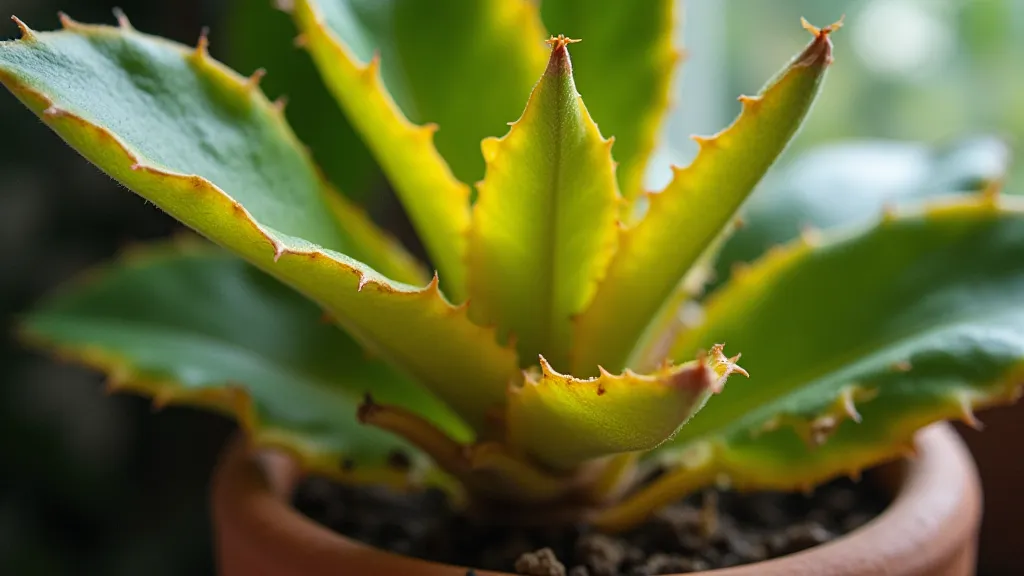
2. Pests – Identifying and Eliminating Unwanted Guests
Pests can quickly infest houseplants. Here's how to spot them and what to do:
- Spider Mites: Tiny, spider-like creatures that suck sap, leaving stippled patterns on leaves. Look for fine webbing. Solution: Wipe leaves with a damp cloth or spray with insecticidal soap.
- Mealybugs: White, cottony masses on stems and leaves. Solution: Dab with a cotton swab dipped in rubbing alcohol or use insecticidal soap.
- Aphids: Small, pear-shaped insects that cluster on new growth. Solution: Spray with a strong stream of water or use insecticidal soap.
- Fungus Gnats: Tiny, black flies buzzing around the soil. They’re annoying, but often not directly harmful to the plant. Solution: Let the soil dry out more between waterings.

3. Root Rot – A Serious Issue
Root rot is a fungal disease caused by persistently wet soil and lack of oxygen. It's often irreversible if not caught early. Proper watering habits, often learned through experience, are key to avoiding this. For those starting out, understanding the best practices for watering is essential.
Symptoms: Yellowing leaves, wilting, stunted growth, and a foul odor from the soil. The roots will appear brown and mushy instead of white and firm.
Solution: If you suspect root rot, carefully remove the plant from its pot. Gently rinse the roots and trim away any affected, mushy roots. Repot in fresh, well-draining potting mix. Reduce watering frequency. Consider a fungicide if the problem is severe. Ensure your pot has excellent drainage.
4. Leaf Drop – Why Are My Leaves Falling Off?
Sudden leaf drop can be alarming. It's often a reaction to environmental changes. It's frustrating when a beloved plant suddenly sheds leaves, but often it’s a message from the plant about its environment.
- Sudden Change: Moving a plant to a new location, drastic temperature changes, or changes in light exposure can trigger leaf drop. Solution: Minimize environmental changes as much as possible. Try to avoid sudden shifts in conditions; a gradual introduction to a new environment is always best.
- Low Humidity: Some plants, especially tropicals, need higher humidity. Solution: Increase humidity by misting regularly, using a humidifier, or placing the plant on a pebble tray filled with water. Many tropical houseplants thrive in humid environments, so understanding those specific needs is crucial for their health.
5. Brown Leaf Tips – Addressing the Issue
Brown leaf tips can be caused by a few different factors. Diagnosing these issues often involves a bit of detective work, carefully observing your plant's environment and habits.
- Low Humidity: Similar to leaf drop, low humidity can dry out leaf tips. Solution: Increase humidity.
- Fluoride or Chlorine in Water: The chemicals in tap water can build up in the leaves. Solution: Use filtered water or rainwater. Often overlooked, the quality of the water you use can dramatically impact plant health.
- Over-fertilizing: Too much fertilizer can burn the leaf tips. Solution: Reduce fertilizer application.
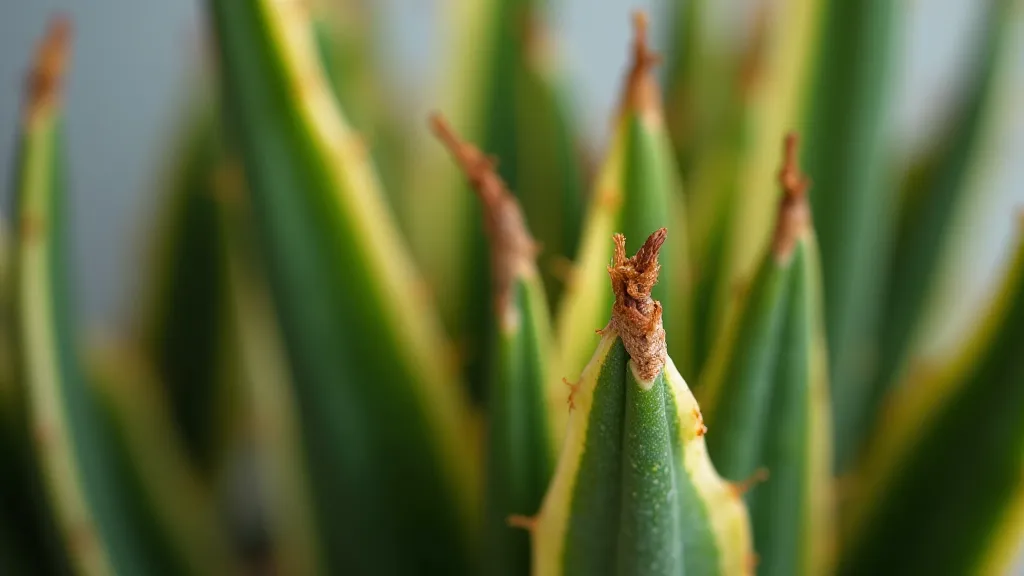
Beyond the Basics: Ensuring Long-Term Houseplant Health
While this guide covers many common issues, remember that preventative care is always best. Knowing when and how to repot your plants is a vital part of their overall health, providing them with fresh nutrients and ample room to grow.
Also, understanding the signals your plants are sending can lead to quicker problem solving. Are they getting the right amount of sunlight? Are they getting enough water? A keen eye and a bit of research can go a long way!
Common Signs of Unhappy Houseplants:
- Stunted Growth: Could be a sign of nutrient deficiency, root issues, or insufficient light.
- Pale or Yellowing Leaves: Often a sign of nutrient deficiency or overwatering.
- Drooping or Wilting: Could be a sign of underwatering, root issues, or extreme temperatures.
- Spots on Leaves: Could indicate a fungal or bacterial infection.
Prevention is Key: Regularly inspect your plants for any signs of problems. Proper watering, adequate light, and good air circulation are essential for healthy houseplants.
